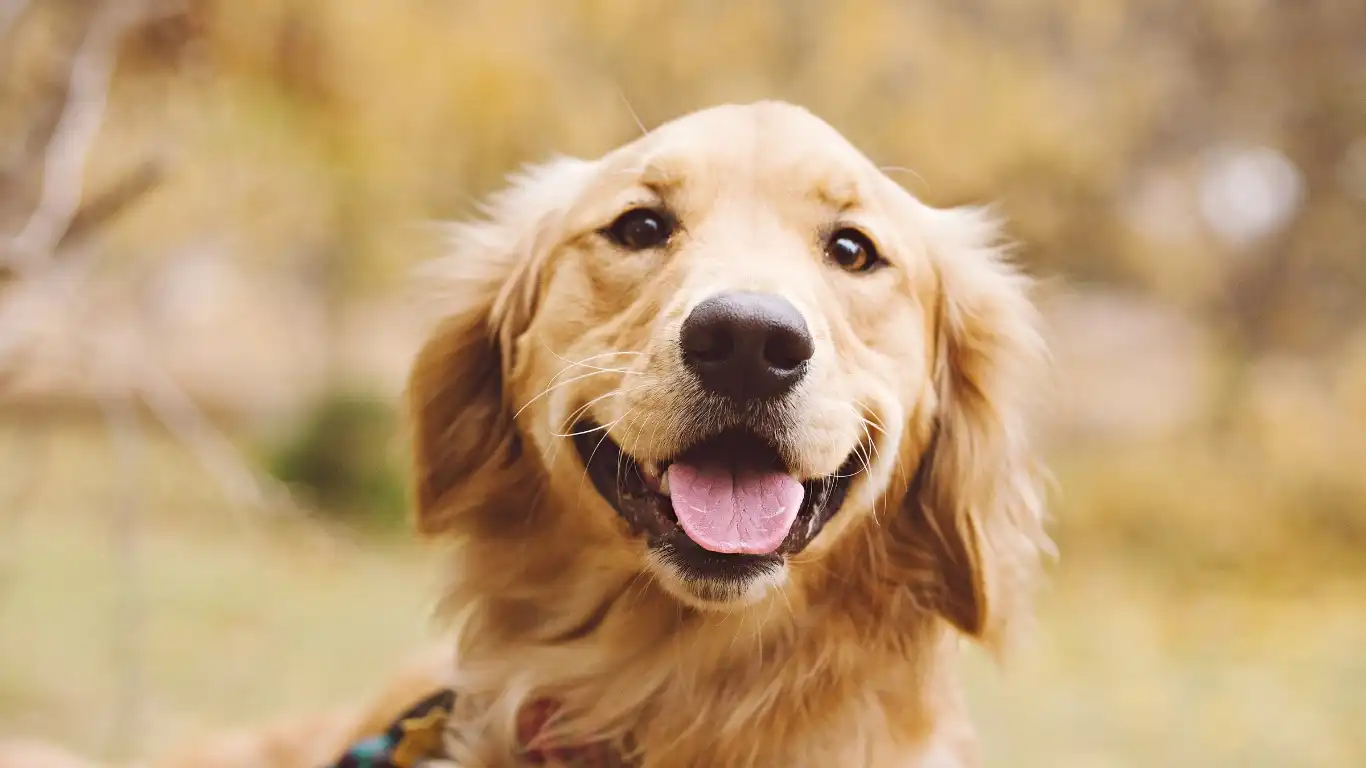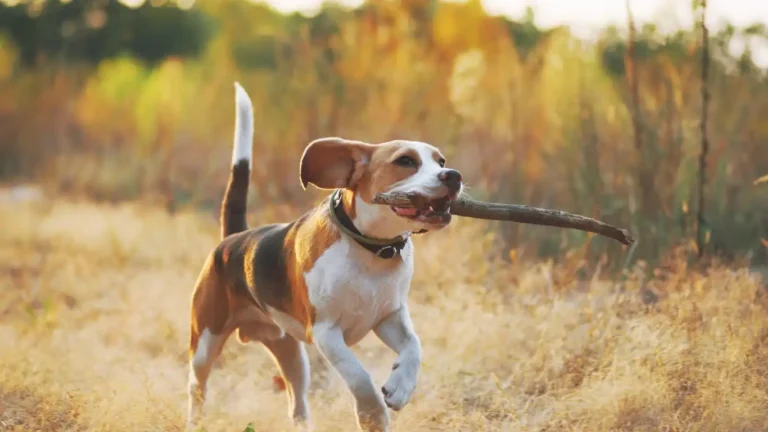Top Strategies to Prevent Dog Boredom When Home Alone and Keep Your Pup Engaged
Leaving your dog home alone can feel like a punch to the gut, especially when those puppy eyes look up at you as you grab your keys. I’ve been there. As a vet tech with a focus on nutrition, I’ve had countless clients ask me the same thing: “How do I keep my dog from getting bored while I’m gone?” Trust me, knowing how to prevent dog boredom when home alone isn’t just about toys and treats. It’s about tapping into your dog’s instincts, energy levels, and yes—even what they’re eating. Let’s dive into how to turn your dog’s solo time from “blah” to “blissful.”
Why Dog Boredom Matters More Than You Think

We often underestimate the emotional complexity of dogs. I’ve seen firsthand what boredom can do—chewed up couches, separation anxiety, pacing, even poor appetite. A bored dog isn’t just destructive; they’re stressed. When dogs don’t have an outlet for their energy and curiosity, it affects everything—from behavior to digestion.
Common Signs of a Bored Dog
- Destructive behavior like chewing furniture or shoes
- Excessive barking or whining
- Restlessness and pacing
- Digging or tearing up carpet
- Lack of interest in food or treats
One of my clients had a Golden Retriever named Milo who started chewing the baseboards while they were at work. We ruled out dental issues and anxiety, and guess what? Classic boredom. Once we made a few simple changes (I’ll share them below), Milo went from destructive to delightfully chill.
How to Prevent Dog Boredom When Home Alone: Start With a Routine

Dogs thrive on routine. It gives them structure and something to look forward to. I always tell pet parents this: just like humans, dogs need a reason to get out of bed too.
Build a Pre-Departure Ritual
- Morning walk or play session: A tired dog is a happy dog. Even 20-30 minutes of brisk walking or fetch can do wonders.
- Breakfast with a twist: Try feeding meals in a puzzle feeder or snuffle mat. It stimulates their brain and slows down fast eaters (win-win!).
- Calm exit: Don’t make a dramatic goodbye. That amps up their anxiety. Keep it low-key and relaxed.
In my own home, I have a German Shepherd named Luna. She’s high-energy and wicked smart. If I don’t give her at least 15 minutes of mental stimulation before I leave, she’ll invent her own “fun” (usually involves my laundry basket).
Consistency is Key
Try to leave and return around the same times if possible. Even minor tweaks in your schedule can confuse a dog used to routine. And if your hours are unpredictable? Consider a dog walker or pet sitter to keep some consistency in your pup’s day.
Engage Their Brain While You’re Away

Most of the time, when people think about keeping dogs busy, they focus on physical toys. But mental stimulation is just as important—if not more so. I’ve had a lot of success recommending interactive toys and food puzzles that challenge a dog’s mind. Plus, some of these tools double as slow feeders, which ties right into what I specialize in: nutrition.
Top Boredom Busters That Actually Work
- KONG toys stuffed with healthy treats – Freeze them with a blend of plain Greek yogurt, mashed banana, and kibble for a long-lasting reward.
- Snuffle mats – Let them “hunt” for their food. Dogs LOVE this, and it slows down fast eaters.
- Interactive puzzle toys – Think toys where they need to flip lids, push levers, or slide compartments to get the treats inside.
- Dog-safe chew options – Bully sticks, yak chews, or even raw marrow bones (ask your vet!) can keep them occupied.
I had a senior dog client, Bella, a 12-year-old Beagle with low mobility. Her owner was heartbroken that Bella seemed depressed when alone. We started giving her simple scent-based toys and slow feeders with her special senior diet—and within a week, she perked up. Sometimes it’s not about burning calories—it’s about sparking curiosity.
Rotate Toys Weekly
Here’s a trick from the vet world: don’t leave all the toys out at once. Instead, rotate them every few days to keep things fresh. Dogs get bored with the same old thing, just like we do. Keep 2-3 toys out, and stash the rest for later.
Bring in the Senses: Scent, Sound, and Sight Enrichment

Okay, so let’s think like a dog for a sec. Their world is shaped by smells, sounds, and movement. Tapping into those senses can help big time when figuring out how to prevent dog boredom when home alone.
Let Them Sniff (Even Indoors)
Dogs have noses way more powerful than ours—some studies say up to 100,000 times better. Leaving scent trails around the house with safe treats or hiding kibble in boxes, blankets, or old towels can be super fun for them. I’ve set up “scent hunts” in my living room using empty toilet paper rolls filled with a few pieces of freeze-dried liver. My Shepherd, Luna, goes nuts (in a good way!).
Dog TV? Yep, It’s a Thing
Streaming platforms now offer dog-specific TV shows and YouTube channels. They’re full of things like squirrels running, birds chirping, or relaxing nature sounds. You don’t have to leave it on all day—just set it up for an hour or two as a change of pace.
Tip: Place your dog’s bed or favorite spot near a window if it’s safe. That “window watch” time can feel like Netflix for dogs. Just be mindful if your pup gets reactive to outside movement.
Use Calming Sounds or Music
There are playlists made just for dogs on Spotify and Apple Music, believe it or not. I’ve recommended this to anxious clients, especially when thunderstorms or construction noise is common. A bit of soft classical or reggae (yep, they love reggae) can ease them into nap mode.
Nutrition Plays a Bigger Role Than You Think

Here’s where my nutrition background kicks in. You wouldn’t believe how often I’ve seen boredom and behavior issues linked to what the dog’s eating. The wrong food can lead to spikes and crashes in energy—like a toddler on a sugar rush.
Look for Balanced, High-Quality Diets
- Protein-first formulas – Keeps dogs feeling fuller and fuels their muscles and mind.
- Complex carbs – Sweet potato, brown rice, barley—they digest slower, helping maintain energy throughout the day.
- Omega-3s and brain-boosters – Salmon oil, flaxseed, and even small doses of MCT oil can help with cognitive function and mood stability.
I once worked with a Cocker Spaniel named Daisy who had erratic energy, was constantly barking at shadows, and tore through her toys like a tiny hurricane. Her diet was full of high-glycemic fillers. Once we transitioned her to a balanced, protein-forward diet with calming supplements like L-theanine, she turned into a whole different dog—more focused, less anxious, and yes, a lot less bored.
Feeding Strategies That Fight Boredom
- Use slow-feeders or food puzzles to extend mealtime into a mini activity.
- Break meals into smaller portions and hide them in different rooms for a scavenger hunt-style feeding.
- Rotate treats (but always check calorie content!) to keep things exciting and nutritious.
And please, no free-feeding. Leaving a bowl out all day just encourages grazing and boredom. Structured meals = something to look forward to = mental stimulation.
Consider the Power of Human Connection—Even When You’re Not Home

Just because you’re not physically there doesn’t mean you can’t “check in.” Technology can help bridge that gap, and I’ve seen it bring real comfort to both pets and their people.
Try a Pet Camera With Two-Way Audio
Several of my clients (myself included!) use pet cams with speakers to talk to their pups during lunch breaks or coffee runs. Some even dispense treats remotely! If your dog finds comfort in your voice, this little hack can ease loneliness and create mid-day excitement.
Word of advice: ease into it. The first time I tried this with Luna, she got a little confused. Start with short interactions and always associate the sound with something positive like a treat or toy.
Hire Help—It’s Not Spoiling, It’s Smart
If you’re gone for long stretches, dog walkers, pet sitters, or even doggy daycare a couple times a week can be game changers. Social interaction and a break from the quiet house? Yes, please.
One of my long-term clients, a senior Boxer named Max, gets a midday visit from a local sitter who gives him meds, a walk, and a quick snuggle. His guardian noticed a huge improvement in his mood and behavior after just one week.
Exercise Beyond Walks: Don’t Just “Tire Them Out”—Engage

Let’s talk about something I preach constantly: mental fatigue beats physical exhaustion every time. You don’t need to run your dog into the ground for them to rest calmly while you’re gone. You just need to make them think.
Brain-Engaging Activities You Can Do Before Leaving
- 5-minute training sessions – Run through basic commands like sit, stay, down, or teach a new trick. They LOVE the one-on-one time.
- Indoor agility – Set up a few chairs and a broomstick for a homemade jump or weave poles.
- Hide-and-seek – Hide behind a door or furniture and call your dog. The joy in their face when they “find” you is everything.
Remember, it’s not just about tiring them out—it’s about creating little bursts of fulfillment. Think of it like giving your dog a sense of purpose before you walk out that door.
Adding Variety to Their Day: Consider Doggy Playdates

We all know dogs are social creatures, and sometimes a little playtime with a buddy can break up the monotony of being home alone. If your dog enjoys the company of other dogs, arranging a doggy playdate can be an exciting way to keep their spirits up while you’re away.
Finding the Right Playmate
Not all dogs are social butterflies, so it’s important to match your dog with a playmate who shares similar energy levels and temperament. I’ve seen cases where dogs who are anxious at home are much calmer after a few hours of social play with a well-matched buddy. In fact, I recommended a playdate for a sweet Labrador named Daisy who had terrible separation anxiety. Once we found a local Golden Retriever that she got along with, Daisy started looking forward to her “friend time” each week. It was a total game-changer for her behavior at home!
Supervision is Key
Safety first, always. If you can’t supervise the playdate yourself, consider reaching out to a trusted friend, a local pet sitter, or even a dog daycare to facilitate the interaction. You want to ensure everyone is comfortable and playing in a safe, controlled environment.
Interactive Technology: The Future of Preventing Dog Boredom

It’s 2025, and technology is making waves in how we care for our pets—especially when it comes to dog boredom. Pet tech has really evolved, and there are some innovative gadgets that can help prevent your dog from feeling lonely or anxious while you’re gone.
Interactive Pet Cameras & Treat Dispensers
We mentioned pet cameras earlier, but let’s dive deeper into the interactive pet cameras and treat dispensers that have hit the market. Devices like Furbo, Petcube, and the Petzi Treat Cam allow you to not only see your dog but also talk to them and dispense treats. For dogs with separation anxiety, hearing your voice can be a comfort, and a treat for good behavior might just help reinforce calmness.
Automatic Ball Launchers & More
If your dog is active and loves fetch, you can invest in an automatic ball launcher. These nifty devices can shoot a ball across the room (or yard) at the push of a button—giving your dog some physical exercise without you being present. It’s a great way to break up the day and engage your dog’s natural prey drive, all while keeping them physically and mentally active.
One client of mine, a Border Collie named Finn, absolutely thrives with his automatic ball launcher. He loves the challenge of trying to catch the ball, and it keeps him entertained while his owners are away at work. It’s a win-win for both them and Finn!
References and Further Reading
To continue exploring ways to keep your dog happy and healthy while you’re away, check out some of these trusted resources:
- American Kennel Club (AKC) – For expert advice on dog behavior and training.
- PetMD – Great for understanding the science behind dog health and well-being.
- National Institutes of Health (NIH) – Explore the research behind canine mental health.
These resources provide reliable, science-backed information to ensure you’re meeting your dog’s emotional, physical, and nutritional needs.
Disclaimer
The information in this article is for general informational purposes only. Always consult with your veterinarian for advice specific to your dog’s needs, health conditions, and behaviors. Every dog is unique, and what works for one dog might not be effective for another. Never hesitate to seek professional guidance when in doubt.
Preventing dog boredom when home alone is all about creativity, consistency, and understanding your dog’s needs. Whether it’s through mental stimulation, physical exercise, social interaction, or simply providing more enriching experiences, you can keep your dog engaged and happy, even when you’re not around. Happy pup, happy life!






